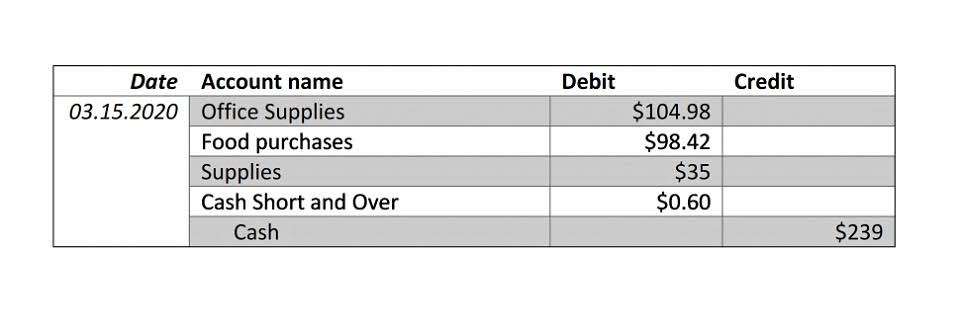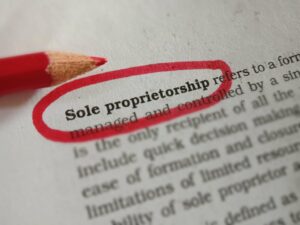
This complexity necessitates monitoring exchange rates and possibly using hedging techniques to mitigate exchange rate risk.

Revenue and Expense Misalignment in Seasonal Businesses
Its AI-powered tools automatically match expenses to revenue, flag discrepancies in receipts, and categorise transactions accurately. This ensures your business adheres to the Expense Recognition Principle without the risk of human error or the burden of manual work. Once you’ve identified an expense, the next step is linking it to the revenue it supports. This is particularly important for normal balance businesses that rely on long-term projects or seasonal sales. For instance, if a retail store invests in holiday advertising during November and December, the related costs should be matched with the revenue generated from holiday sales during those months.

Business Receipt Management : With Digital Solutions, Tips and Tools

Expenses that can be directly traced to related revenue fall under this category, for example, inventory expenses. It has imported 10,000 units of kitchen appliances from Pakistan at $100 per unit. During the current year, it has managed to sell only 6,000 units of those appliances at $125 each. Our expert team will analyze your financial processes and provide actionable strategies to help you save up to 70% on operational costs.
Accurate Accounting: The Fundamentals of Expense Recognition
- Businesses must be reasonably certain they’ll receive revenues upon completing an activity.
- Our expert team will analyze your financial processes and provide actionable strategies to help you save up to 70% on operational costs.
- Incorrect expense recognition can skew income statements and balance sheet numbers, leading to restated financial results.
- While accounting for expenses may sound complex, the good news is that the world is way beyond the accounting techniques of prior decades.
- Also known as the matching principle, the expense recognition principle is a fundamental practice in accrual accounting and helps your business produce more accurate financial statements.
- At its core, the Expense Recognition Principle ensures that businesses match their expenses to the revenue they help generate.
While recognizing the expenses as per the matching expense recognition principle, the accounting periods are assumed to be annual, quarterly or monthly, as per the process followed by the entity. Alongside the expense recognition principle, revenue recognition is one of the core pillars of the accrual method of accounting. Under US GAAP, businesses must record revenues on their income statement in the period they were realized and earned. Regularly reviewing and updating them to align with current financial accounting standards and regulations is essential. This includes staying informed about updates in accounting software, accounting rules, and tax laws. Adapting to these changes ensures compliance and maintains the integrity of financial reporting.
![]()
The expense recognition principle states that an expense should be recognized in accounts when it is incurred, irrespective of the timing of its cash payment. An expense is considered to have been incurred during the period in which the business actually benefits from that expense. Since this principle is core to the accrual method, it can’t be ignored while recording transactions under modern double-entry accounting.

With timely reporting practices in place, businesses can produce accurate financial statements that align expenses with the revenues they support. By following the expense recognition principle, Bake Me Happy presents a more accurate picture of its profitability in February. It accounts for the immediate expense of the flour used and spreads the cost of the long-term asset (oven) over its useful life, reflecting the benefit it provides over several months. This principle ensures that financial statements provide an accurate reflection of profitability by showing the relationship between costs and revenue. An example of expense the basic principle involved with expense recognition is recognition is when a company incurs advertising costs in December for a campaign that runs in January. According to the expense recognition principle, the advertising expense would be recorded in January when the revenue from the campaign is earned, not when the payment is made in December.
This method can lead to lower taxable income and taxes in environments where prices increase. You can look to prior similar bills, contracts, or external parties for help estimating an expense accrual. From paper to digital, explore the rise of e-invoicing, global adoption trends, and how businesses can prepare for the future. For more details, visit our blog on ” Essential Accounting Principles for Businesses” to learn how they support effective financial management. For instance, if Bookkeeping for Painters a company is facing a lawsuit with a high likelihood of a settlement, it may record a contingent liability, thereby preparing for the financial impact. Depreciation is the allocation of a tangible asset’s cost over its useful life, reflecting its gradual wear and tear.
- The expense recognition principle states that companies should recognize expenses at the same time as matching revenues.
- This ensures your business adheres to the Expense Recognition Principle without the risk of human error or the burden of manual work.
- According to the Expense Recognition Principle, you wouldn’t record the advertising expense in December when it was incurred.
- This is done when the expense is incurred but not yet settled, such as salaries earned by employees but not yet paid.
- In most cases, an intangible asset is amortized on the straight-line method under the assumption of zero residual value.
Revenue Recognition
- To learn more about this concept, check out our comparison of cash- vs accrual-basis accounting.
- Complex transactions often require segmentation of costs, making it challenging to recognize each expense accurately.
- Seasonal businesses, such as retail or tourism, often face misaligned expenses and revenues.
- Your organization’s tax return sources information from your financial statements.
- The first step is understanding what costs have been incurred during a specific period.
Additionally, it provides management with reliable financial data, facilitating informed strategic decision-making and effective resource allocation. The expense recognition principle is a fundamental concept in accounting that ensures expenses are recorded in the same period aas revenue they help to generate. This principle aligns with the accrual basis of accounting, making it essential for accurate financial reporting. The primary aim of this principle is to provide a clear and accurate picture of a company’s profitability during a specific period. By matching expenses with the revenue they generate, the expense recognition principle helps ensure that a company’s financial statements accurately reflect its financial performance. The expense recognition principle is a cornerstone of accurate financial reporting.
